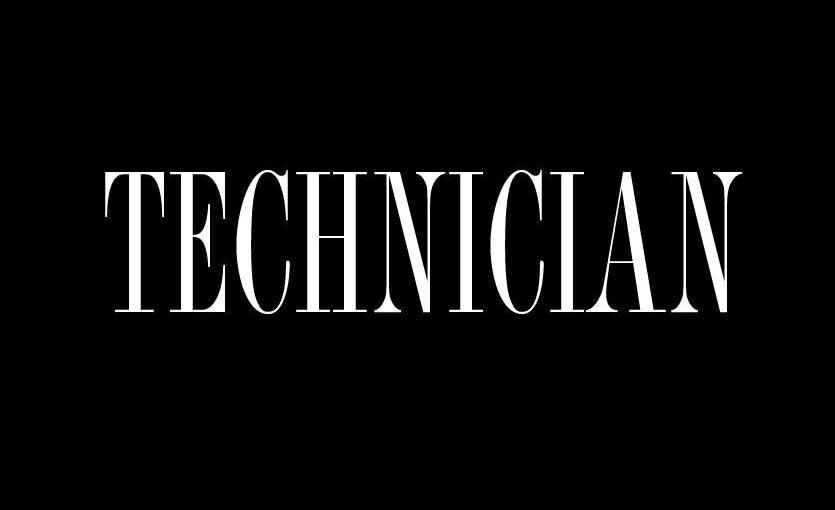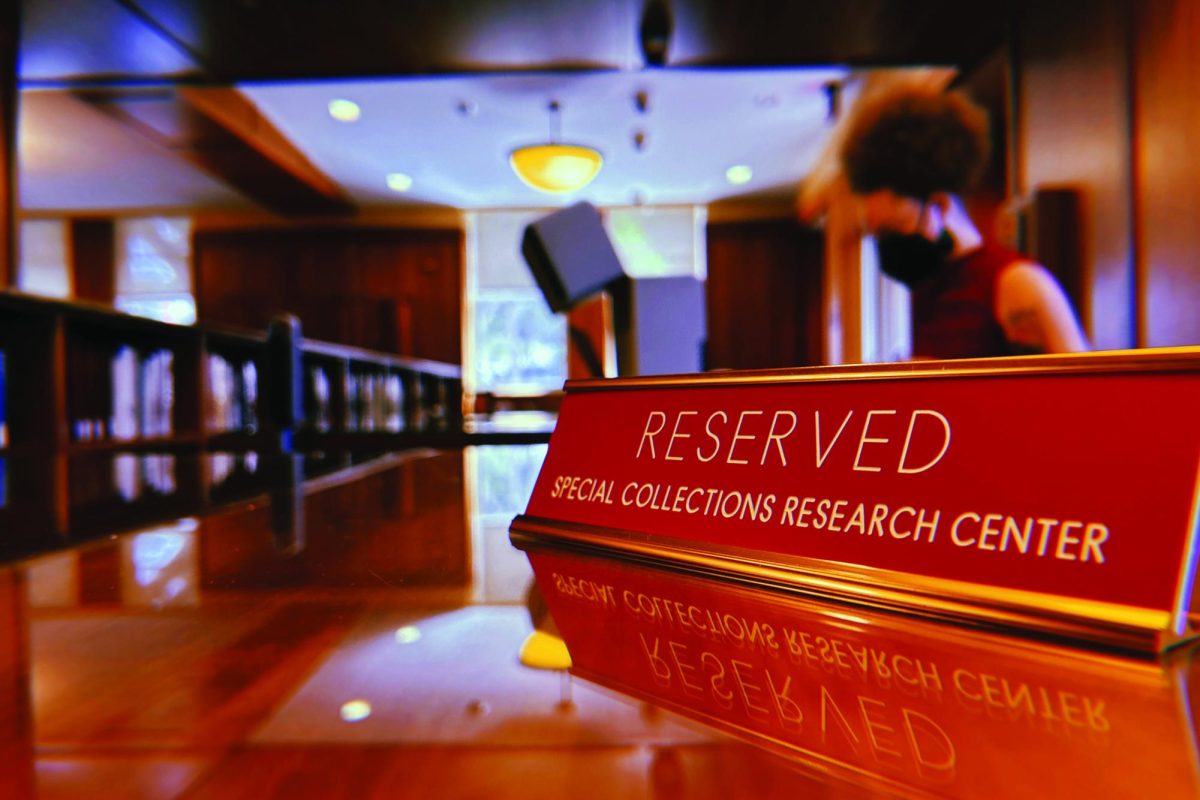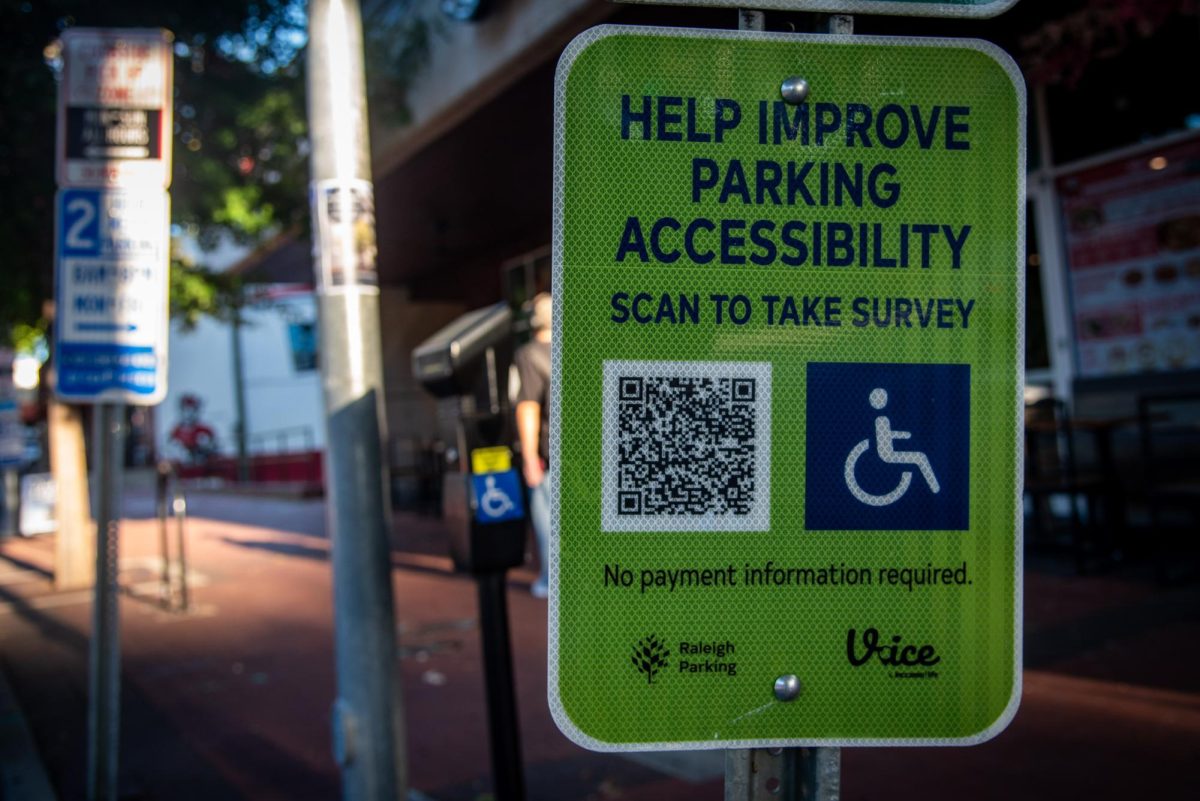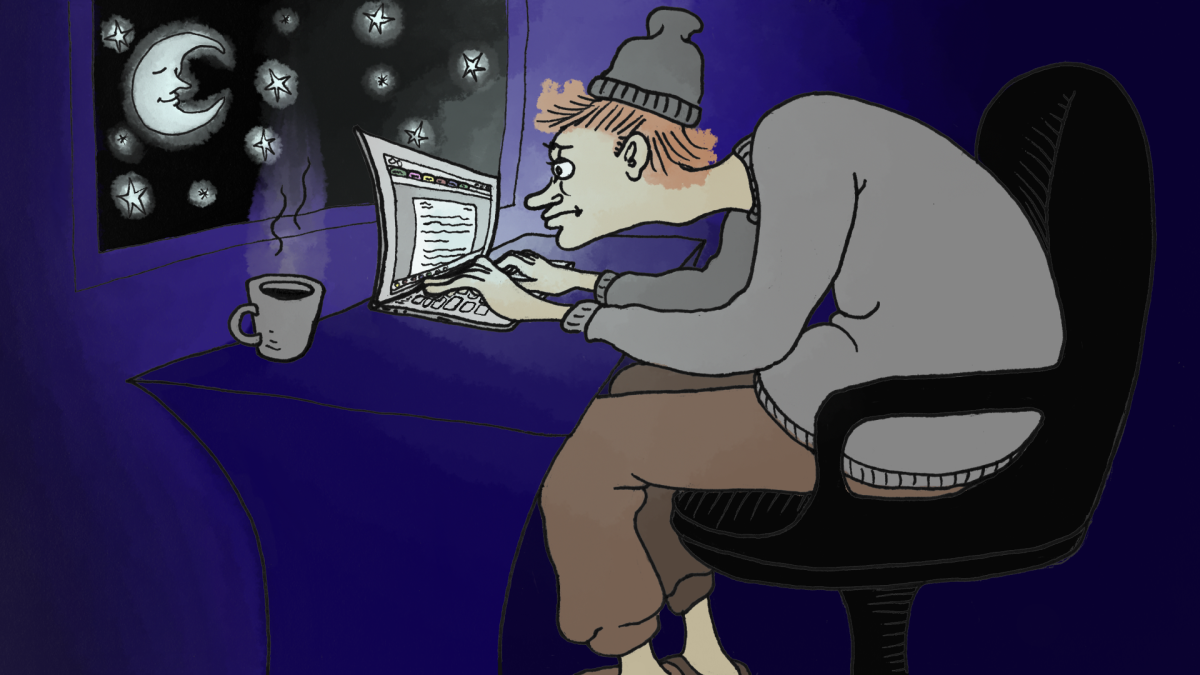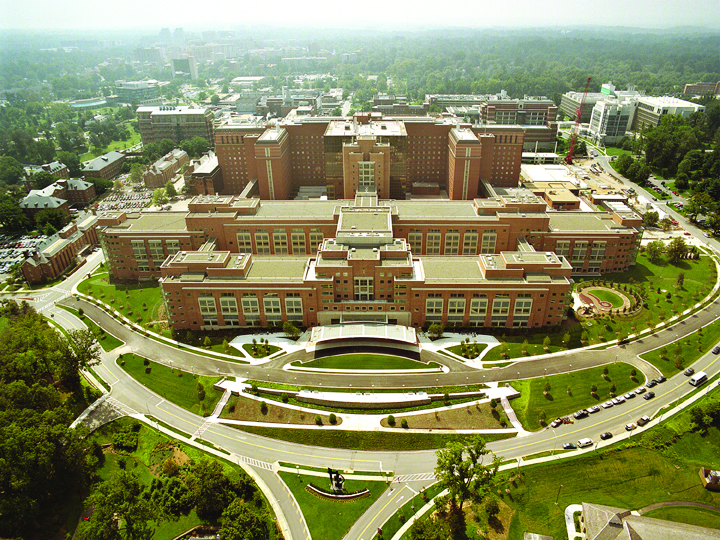DH. Hill Jr. Library was closed from May 5 until Aug. 1 2025, the first time a closure of this scale has happened in years. Over this period, the library got upgrades to its electrical infrastructure, as well as many minor improvements in the facilities.
All essential library services, including book check-outs and returns, electronic rentals, printing and study spaces were available to students throughout the summer at Hunt Library and the Design and Natural Resources Libraries.
Other departments with in-house staff had to transfer their operations outside of Hill for the duration of the closure. Special Collections, for example, who manage the archived artifacts and information from NC State’s history, typically operates out of D. H. Hill Library.
Sandra Varry, the head of special collections research center at University Libraries, said a lot of planning went into her department’s preparation for the closure at D.H. Hill, but it went smoothly overall.
Varry typically offers appointments for students to view artifacts and resources from the archives. Working outside of D.H. Hill made this challenging, but she said they tried their best to get any students the resources they needed.
“If something could be easily accessed and someone needed it, we would make an effort to pull that material, but we couldn’t have them physically come in and do a normal research appointment,” Varry said.
The department’s solution to the closure of their workspace in D.H. Hill was to transfer entirely to their secondary location, the annex that houses a majority of their physical collections.
Varry said the operations, logistics and environments team helped them move the necessary equipment and belongings to the new facility, such as digitization and processing equipment, collection materials and preservation supplies. This facilitated the increased presence of staff and student workers in the relatively small space.
Brian Dietz, lead librarian for collections stewardship and discovery, said his department deals with behind-the-scenes management, such as digitization, physical collections processing and digital processing. He said there wasn’t a significant disruption to their work over the summer because they had the annex site already in use.
“In a usual week, we have folks working in both locations,” Dietz said over email. “Over the summer, with Hill being closed, we were working together in our annex. So, that was a fun aspect of the closing, all being together in a single location.”
Dietz said an area that received significant attention at the annex was the captioning of audio/visual content that is available on the digital collections site.
“Captioning increases both discovery and accessibility of materials, so it was nice to be able to have more staff members working on it,” Dietz said over email.
Varry said it was a busy environment, but ultimately worked well in the short term.
“Maybe an upside of the pandemic is that we know how to pivot,” Varry said. “There’s work to be done regardless of where we are.”

